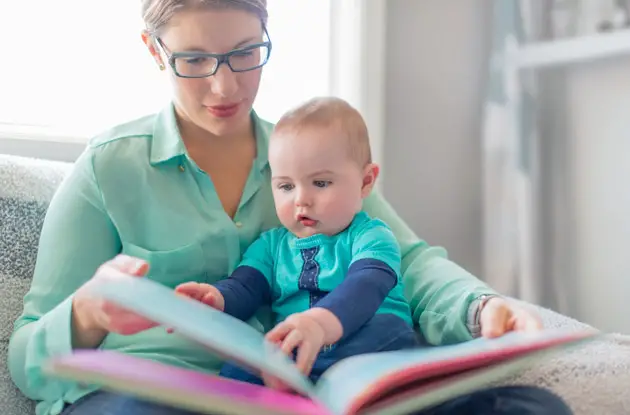

More Baby Articles:
Normal Baby Spit-up: Is Your Baby Healthy?
Here's what you need to know about healthy baby spit-up from a pediatric gastroenterologist at the Children's Hospital of Brooklyn at Maimonides Medic...Latest News:
Baby Products for New Parents: Relieving Colic, Gas, Constipation, and Sore Gums
These products can help soothe your baby's colic, gas discomfort, sore gums from teething, and constipation.Family Activities:
Have a Laugh:
Best Memes of the Week for Parents
Here are the funniest parenting memes from Instagram, Facebook, and Reddit this week.Featured Listings:
.jpg)
Trinity Lutheran School
Hicksville, NY We provide a caring, nurturing, and loving environment where our students can thrive and flourish academically, emotionally, and spiritually in a safe...

The Green Vale School
Old Brookville , NY Green Vale is a coed, nonsectarian elementary school for Pre-Nursery through 8th Grade, drawing families from all over Long Island. Since 1923, a prog...

Lindgren Nursery School and Camp (The)
Closter, NJ At Lindgren Nursery School it is our mission to engage young children in direct and meaningful experiences with the natural world and other people. We...

Classical Conversations
At Classical Conversations, we challenge students. By expecting more from them, partnering with parents, and using a proven method, we see the fruit o...


